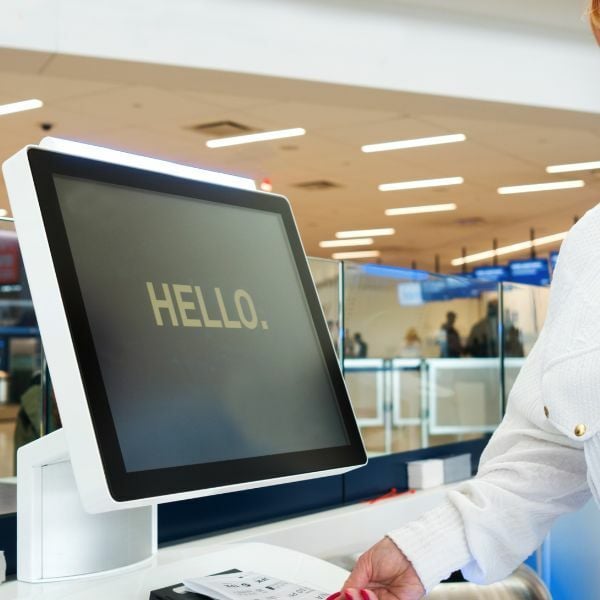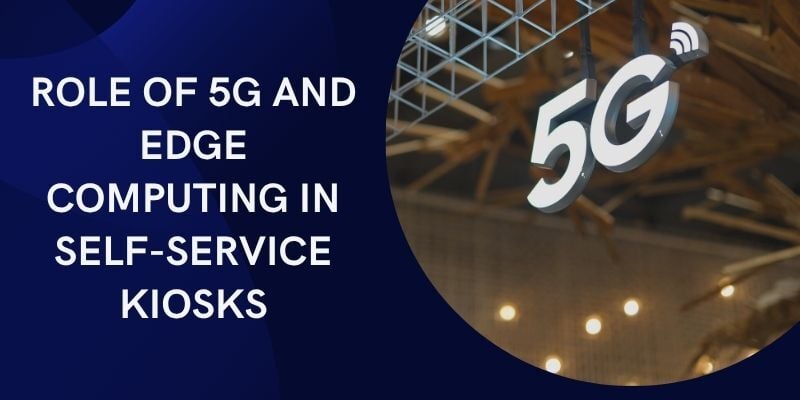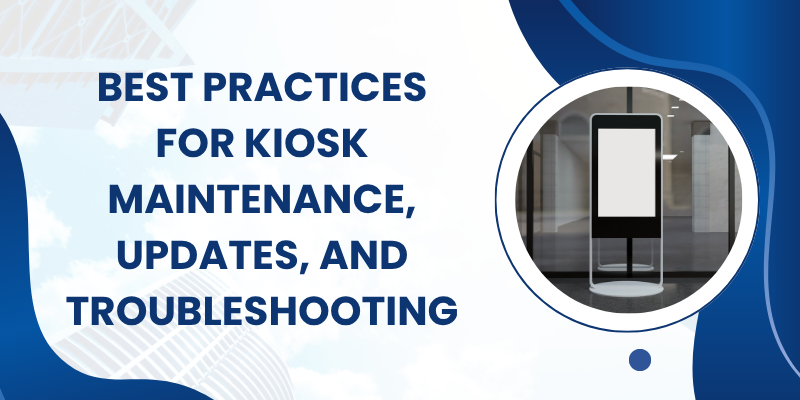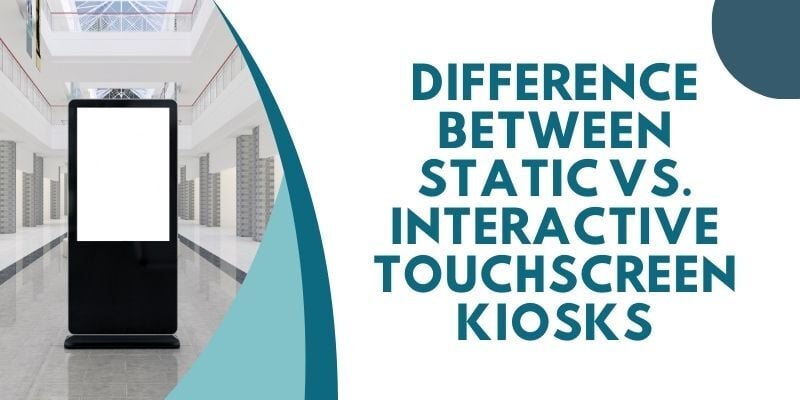In today’s digital age, self-service technology is like your personal assistant, helping you get things done independently without needing to rely on someone else.
Did you know that over 67% of customers prefer using self-service options when available? It’s no wonder these convenient systems are popping up everywhere, from grocery stores with self-checkout lanes to online banking platforms and ticketing kiosks.
These self-service tools are more than just convenient; they change the game for businesses and customers. They align processes, save time, and improve the overall experience. No more waiting in long lines or repeating yourself to a customer service rep.
This article is your guide to understanding the power of self-service technology and how it’s transforming various industries. So, let’s look into and understand how these innovative solutions are making life simpler and more efficient for everyone!
10 Examples of Self-Service Technology
In these times, self-service technology has become a basis of convenience and efficiency across various industries. Businesses utilize self-service retail, banking, healthcare, and transportation solutions to streamline operations and enhance customer experiences.
Let’s investigate some examples that illustrate the transformative impact of self-service technology on our daily lives.
- Self-Checkout Systems
- Online Banking and ATMs
- Ticketing And Reservations Systems
- Cash Deposit Machine
- Interactive Kiosk
- Sim Dispensing Kiosk
- Sim Registration & Verification Kiosk
- Ordering Kiosk
- Cash To Card Kiosk
- Card Issuance and Collection
1. Self-Checkout Systems
Self service kiosk is a prime example of self-service technology in retail environments. These systems offer customers the option to scan, bag, and pay for their purchases independently without needing assistance from a cashier.
Instead of waiting in line, shoppers can navigate to a self-checkout station, scan their items, and complete the transaction using cash, card, or other electronic payment methods.
With the rise of self-checkout systems, customers enjoy greater autonomy and speed during their shopping experience. Retailers benefit from reduced labor costs and improved efficiency, as fewer staff members are required to manage transactions.
2. Online Banking and ATMs

Online banking platforms and Automated Teller Machines (ATMs) are classic examples of self-service technology. Online banking allows customers to manage their finances remotely through secure websites or mobile apps.
Users can check their account balances, transfer funds, pay bills, and even apply for loans without visiting a physical bank branch.
Similarly, ATMs provide convenient access to banking services 24/7, allowing customers to withdraw cash, deposit checks, and perform other transactions without human assistance.
These self-service options have revolutionized how people interact with their banks, offering unparalleled convenience and flexibility in managing their finances.
Whether transferring money to a friend, using cash-to-card options, or depositing a paycheck, online banking and ATMs authorize individuals to take control of their financial lives on their terms.
3. Ticketing and Reservations Systems
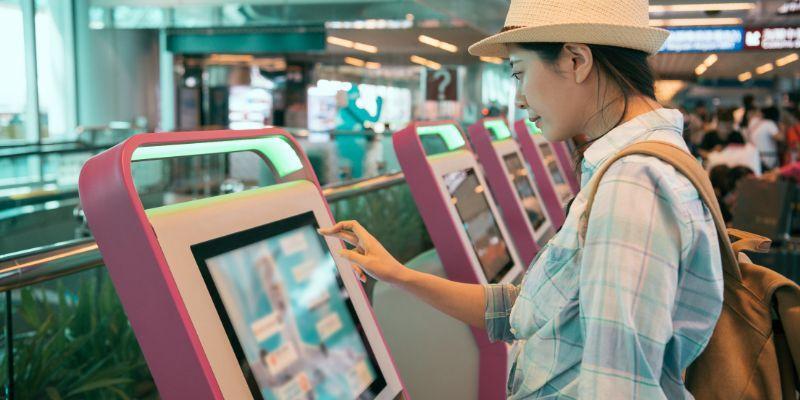
Ticketing and reservation systems demonstrate the smooth integration of self-service technology into various industries. Whether planning a trip or attending an event, these systems allow users to book tickets and easily make reservations.
From airline websites and mobile apps to self-service kiosks at transportation hubs and event venues, individuals can conveniently secure their seats and confirm their plans.
Gone are the days of waiting in long queues or relying solely on booking agents; now, customers can browse available options, select preferred dates and times, and finalize their bookings in minutes, along with the option of virtual queuing.
With just a few clicks or taps, travelers can secure their flights, reserve hotel accommodations, or purchase tickets to concerts and shows. These self-service options save customers time and effort and streamline business operations, enhancing efficiency and customer satisfaction.
4. Cash Deposit Machine
The Cash Deposit Machine (CDM) is a prime illustration of self-service technology in the banking sector. These machines provide customers with a convenient way to deposit cash into their bank accounts without needing assistance from a bank teller.
Insert the cash into the machine, follow the prompts on the screen, and the funds are deposited directly into the designated account. Cash deposit machines are typically available 24/7 at bank branches and other convenient locations, offering users greater flexibility in managing their finances.
Whether you need to deposit money outside banking hours or avoid long queues inside the branch, CDMs provide a hassle-free solution. Banks can modernize their operations by leveraging self-service technology, reducing customer wait times, and enhancing overall service quality.
5. Interactive Kiosk
Interactive kiosks represent a versatile example of self-service technology across various industries. These user-friendly terminals allow individuals to access information, complete transactions, or perform tasks independently without human assistance.
From informational kiosks in museums and tourist attractions to self-ordering kiosks in restaurants and retail stores, interactive kiosks cater to diverse needs and preferences.
Users can navigate through menus, browse product catalogs, make selections, and even process payments—all with the touch of a screen.
Interactive kiosks boost customers’ convenience and help businesses improve efficiency and reduce operational costs. With their intuitive interfaces and interactive features, these self-service solutions continue to play a vital role in shaping modern customer experiences.
6. Sim Dispensing Kiosk
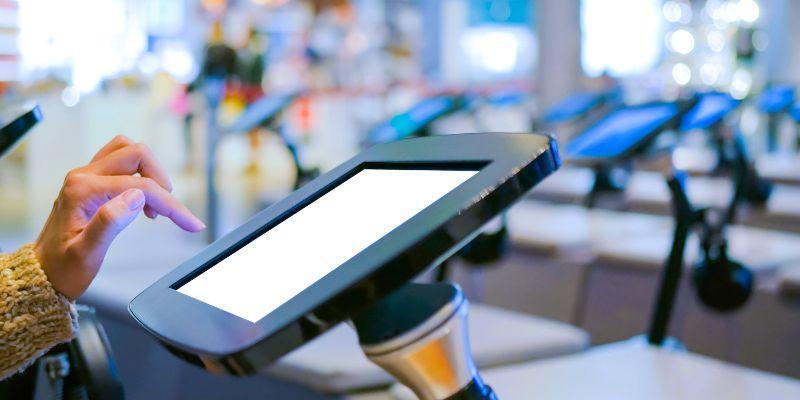
The Sim Dispensing Kiosk represents an innovative example of self-service technology in the telecommunications industry. These kiosks enable customers to purchase and activate SIM cards for their mobile devices independently, without needing assistance from store staff.
Following the on-screen instructions, users can select their desired mobile plan, choose a phone number, and complete the activation process—all within minutes.
Sim Dispensing Kiosks offer unparalleled convenience for customers, allowing them to connect quickly and efficiently. With their user-friendly interfaces and self-service capabilities, these devices restructure the SIM card acquisition process and add to the overall customer encounter.
7. Sim Registration & Verification Kiosk
The Sim Registration & Verification Kiosk is another example of self-service technology that plays a crucial role in telecommunications.
These kiosks enable users to register and verify their SIM cards independently, complying with regulatory requirements while minimizing the need for manual intervention.
With these self-service devices, customers can easily update their personal information, verify their identity, and complete registration. Sim Registration & Verification Kiosks rationalize administrative tasks for telecom operators and reduce customer wait times, enhancing efficiency and convenience.
By using self-service technology, telecom companies can ensure compliance with regulations and deliver seamless experiences to their subscribers.
8. Ordering Kiosk

Ordering kiosks is one of the prime examples of self-service technology, particularly in the food service industry. These interactive terminals allow customers to browse menus, customize their orders, and make payments without cashier assistance.
Whether in fast-food restaurants or cafes, Ordering Kiosks simplify the process, reduce wait times, and offer a convenient way for customers to place their orders. Businesses can improve order accuracy, customer satisfaction, and operational efficiency by using self-service devices.
9. Cash to Card Kiosk
Cash-to-card kiosks illustrate the convenience and versatility of self-service technology in financial services. These kiosks enable users to convert physical cash into electronic funds, which are loaded onto prepaid cards or transferred to existing debit cards.
Whether topping up prepaid cards for online purchases or adding funds to debit cards for immediate use, cash-to-card kiosks offer a convenient solution for managing cash in a digital world.
With their intuitive interfaces and secure transactions, these self-service devices provide users greater flexibility and control over their finances.
10. Card Issuance and Collection
Card issuance and collection kiosks are integral to self-service technology, particularly in the banking and government sectors. These kiosks facilitate issuing and collecting various cards, including debit cards, credit cards, and identification cards.
Users can apply for new cards, update information, or collect issued cards independently, reducing the need for manual processing and minimizing wait times. By leveraging self-service devices for card issuance and collection, organizations can streamline administrative processes, enhance security, and deliver faster service to their customers or constituents.
Future Trends and Innovations
As technology advances, the future of self-service technology promises exciting developments that will revolutionize user experiences across various industries.
1. Integration of Artificial Intelligence (AI) For Personalized Experiences
Artificial Intelligence (AI) is poised to play a significant role in the evolution of self-service technology. By leveraging AI algorithms, businesses can analyze customer data to tailor self-service experiences to individual preferences and behaviors.
For example, AI-powered recommendation engines can suggest products or services based on past purchases or browsing history, providing users with personalized recommendations that enhance engagement and satisfaction.
2. Expansion of Voice-Activated Self-Service Options
Voice-activated self-service options are gaining traction as natural language processing (NLP) technology advancements make voice recognition more accurate and reliable.
Voice-enabled devices allow users to interact with self-service systems using spoken commands, eliminating the need for physical inputs such as touchscreens or keyboards.
This expansion of voice-activated self-service technology examples enhances accessibility for users with disabilities and offers a hands-free alternative for tasks such as information retrieval, transactions, and navigation.
3. Further Automation Through Robotics and Machine Learning
Robotics and machine learning are poised to drive further automation in self-service technology, enabling more efficient and autonomous interactions between users and systems.
Robotic process automation (RPA) allows businesses to automate repetitive tasks like data entry or document processing, freeing human resources for more complex and value-added activities.
Machine learning algorithms can also enhance self-service systems by continuously analyzing user interactions and feedback to improve performance and anticipate user needs.
Integrating robotics and machine learning promises to revolutionize how businesses deliver self-service solutions, resulting in greater efficiency, scalability, and innovation, from customer service chatbots to self-driving delivery vehicles.
Conclusion
In conclusion, self-service technology examples have transformed how businesses interact with their customers, offering convenience, efficiency, and flexibility across various industries.
From self-checkout systems in retail stores to online banking platforms and interactive kiosks, self-service options enable individuals to take control of their experiences and transactions.
These innovative solutions simplify businesses’ operations and improve customer experience, increasing satisfaction and loyalty.
Your self-service experience is like having a personal assistant in this modern world. With artificial intelligence, voice commands, and even robots, the future of self-service is here—and it’s all about personalized, automated interactions that make your life easier.
By adopting self-service technology, businesses can stay ahead of the game and keep up with the fast-paced digital world. It’s not just about convenience—it’s about meeting your needs in a new way.
BOOK A FREE DEMO
